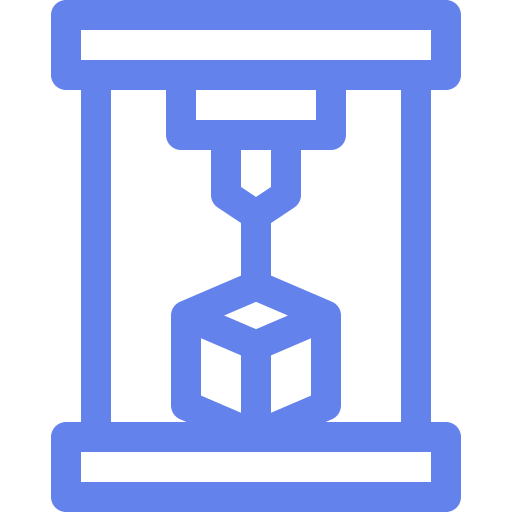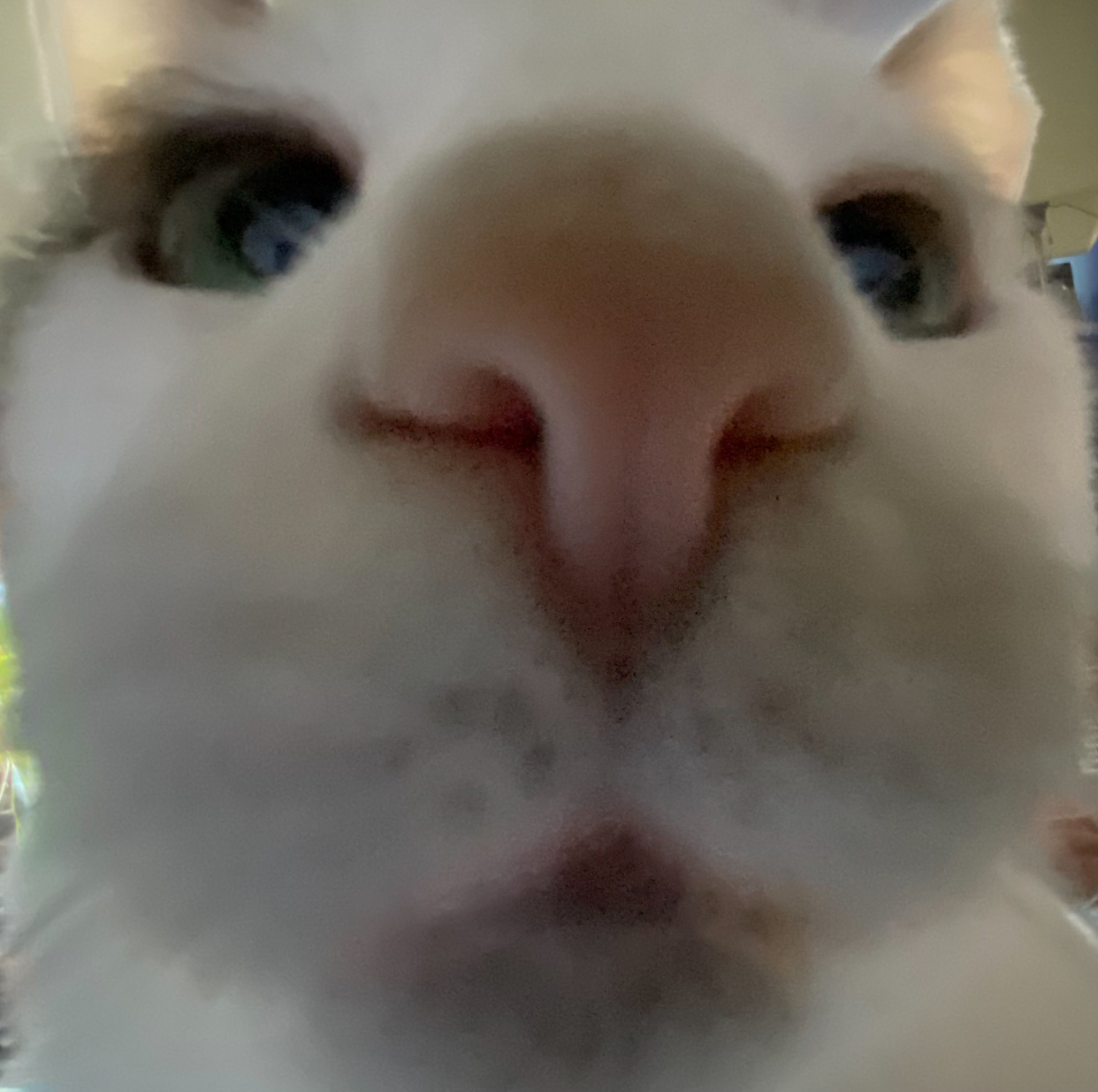Hi everyone,
As in the title, I would start to learn how to design models for 3D printing and the basics about 3D printing, but I’m a total noob.
Do you have any suggestions about where to start?
Thanks everybody
For very basic model making, try tinkercad, it runs in your browser and gives you some basic controls to make objects.
Knowing what printer you have might allow others to give you advice, some printers behave differently than others in terms of hardware and system software.
Good luck
Thanks for the suggestion. I’ll look into Tinkercad for starting.
Actually I don’t have any printer and I really don’t know where to start looking at. Thanks again
What is your goal for 3D printing? Are you looking to print random knick knacks, functional prints, or just experiment?
Printers vary a lot in what they can do and their user-friendliness. You can go from simpler, almost plug and play models to more complex ones that require much more tinkering. They also vary a lot in price from a few hundred to thousands of dollars.
Thank you! I would like to print little cartoon characters for decorative cakes. I can’t find them on the web so I was thinking that I could make them.
I have chosen all the different things in 3D printing than what you need. This is big picture.
Most 3d prints are not food safe, but I guess that’s no big deal for decorative cakes. It is possible to make food safe prints.
A resin printer will give smoother results for what I’ve seen but it is more messy with respect to material handling. This is probably what you should do in your case if you know you can handle less safe materials and ventilate correctly.
The most common 3D printers deposit molten plastic. These are less messy but will yield less details. You can endlessly tweak and modify them.
For modeling cartoon characters I would learn Blender.
From Blender export to Cura for slicing into layers and commands the printer understand. Others exist, I doubt Cura does resin printers.
Ok, thank you very much. These prints will be used only to decore cakes and those cakes are only for photos and not meant to be eaten. So I will check Blender, do you have any suggestion from where to start (any YouTube channel, books, courses or guides)? And then Cura. Thank you again!
No, I came into this for mechanical prints 7 years or so ago. I would expect there to be dedicated Blender fora where you can ask.
The slicer (such as Cura) will be fine. Your printer will likely come with some default settings which will be sufficient to get started.
Blender is the sculpting tool you will master. Cura is the oven. Baking is important, but the general art is in the mastery of the pottery tools.
Assuming this is all new, it is not a small thing to learn. Some are faster than others but becoming proficient may take months if it’s a side gig. It is really fun though. Blender will also allow you to make gorgeous renderings if you’d want but I would stay out of that if you really want to print things as it’s another deep and super interesting topic.
Good luck!
Really thank you! So Blender + Cura. I will start to learn Blender, thanks!
First, what kind of models are you curious about making? Big, small, decorative, springy, strong? Cosplay helmets, bike parts, tabletop miniatures?
This will inform whether you should look at tutorials for FDM (filament) printing or MSLA/DLP (resin) printing.
I would like to make kid’s cartoon characters (forx example: Bluey, Miracolous, Disney…), about 6-8 cm of height at max so I can put them on the decorative cakes for the photos.
I think for a small, detailed figure that you’re going to photograph, I’d recommend resin sprayed with a food-safe clear coat such as shellac.
Resin of all kinds requires rubber gloves, cleanup, and a well-ventilated room because it’s smelly and generally bad for you in its unfinished liquid form. A small resin printer will cost under USD$200. Creality has one on sale for USD$100. They also sell washing/curing stations – I built my own stations out of junk, but for USD$99, I’d go with theirs. Much more compact.
Nerdtronics made some excellent videos introducing resin and explaining how and why we print the way we do. These days, almost all printers are plug-and-play and the software is super smart, but I think these videos are highly educational anyways.
I’ve watched Nerdtronics videos and they’re gold. Great quality and really, really clear! Thank you again
If resin is a non-starter for you, FDM printing can also make cool miniatures, but it will take more effort and the details won’t be as fine.
People are getting good results printing minis on the Elegoo Neptune printers which are around USD$190. The latest fad is multi-material printers like the Anycubic Kobra 3 combo (USD$380) and Bambu A1 combo (USD$490) which can make colorful figurines at the cost of wasted plastic.
Tomb of 3D Printed Horrors has been getting pretty good results and is a good channel to follow if you go down the FDM route.
(Elephant-in-the-room sidenote: If you look at FDM printers, you’ll run into fans militantly promoting Bambu Lab as part of an ongoing corporate-sponsored flamewar, and the community has a laundry list of grievances against the company. It’s a mess. Bambu printers are good but not spectacular, and easy to use but hardly the only user-friendly printers out there.)
Wow! That’s a lot of useful info! I’ll check the Nerdtronics videos and all the models that you’ve shown. Thank you very much!
Modeling: YouTube is helpful here search for AutoCAD (computer aided design), mid journey actually has an unreal render I hope to export soon and ai is getting better and better at generation.
Buying a printer: 2 main categories plastic and resin. Plastic is easier, larger scale, generally printed in pla petg or abs each with their own qualities. Resin is generally smaller and more precise(read jewelery minis), and requires requires UV treatment/chemicals to cure.
Early recommended printers: (plastic) ender or prusa. Ender will be more maintenance and give you better tuning/control, prusa will be more expensive and work a bit better out of the box.
Material: highly recommend just starting with pla and when you figure out the basics, you can change materials. The other ones will last longer and survive longer, but 3d printing has a learning curve. PLA is a good introduction
First print: download the STL or model of a benchy, it may be tempting to print something cool first, but this is a tool that needs calibration. Benchies have specific dimensions to print angles, rings, platforms, bridges ect). Go download software of choice, 3 years ago that was Cura. Load the STL file and you can click around, but I don’t recommend changing much. PLA prints well around 200*, I liked to add 2-4 extra layers of “shell” for durability, hollow support TREES are fantastic for overhanging ledges - NO COLUMNS!!, 20% infill means it will be mostly hollow but print quick and have some structure. Cura would default to the most geometrically sound pattern (honeycomb). A raft will put a grid down first to stabilize, it helped day 1, but got in the way later.
 .
.Follow a youtube guide on leveling your specific printer, when the print fails, lookup what went wrong here: https://www.simplify3d.com/resources/print-quality-troubleshooting/
3d printing is a lot of work, plastic deteriorates over time, but you can do a ton of cool stuff. I recommend finger surfboards, organization kits to start and the replica jet engine is a right of passage.
Thank you very much for all the indications. I will follow everything of what you have said!


